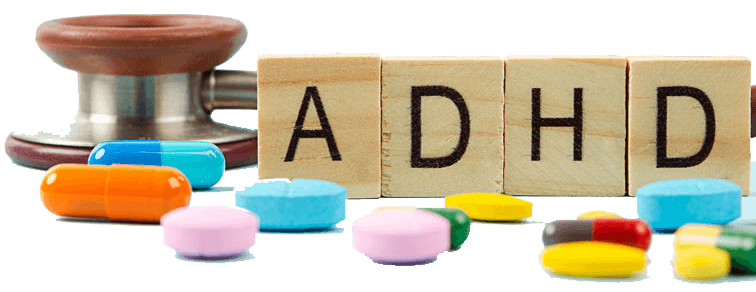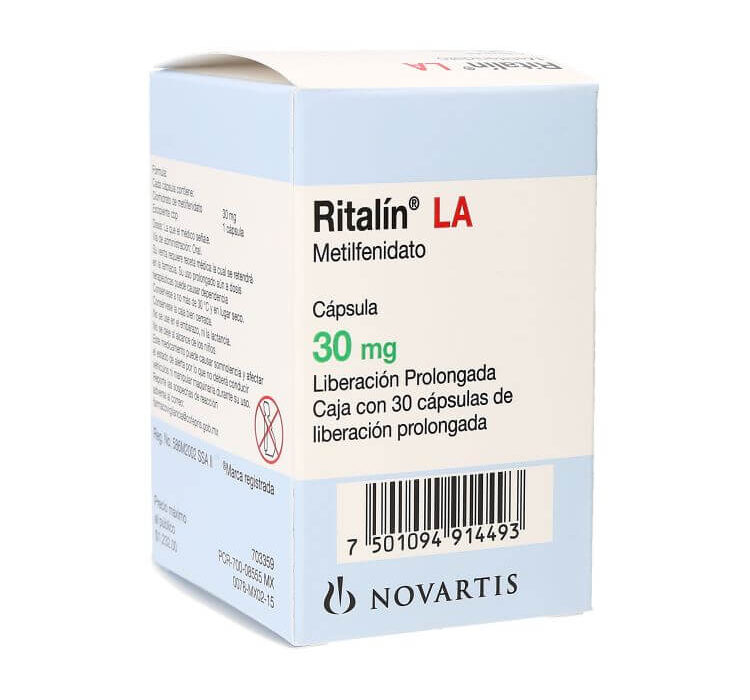A minimum of 3.3 mil Americans at this time carry remedies to alleviate the the signs of Attention Deficit Disorder. The majority of these drugs are amphetamine-structured motivators.
The doctors propose these drugs, but which doesn’t mean they can be actually harmless, states that the Federal Pharmaceutical Administration that’s at this time taking a look at adding formidable warnings on stimulant Create medicinal drugs like Ritalin, Adderall and Concerta.
An Federal drug administration advisory screen identified as in February to suggest that all stimulant Attention deficit disorder medications carry a box caution – the strongest doable protection forewarning – to point that the prescription drugs might increase the likelihood of heart attacks, cerebrovascular events and rapid passing away.
Dark-colored common box alerts are intended to notify health professionals and clients that a drug may possibly carry significant risks. The Food and drug administration advisory cell dictated about this dark-colored box warning soon after reviewing files concerning passing as well as other negative coronary disease related to stimulant medicine drugs use. However information can vary concerning credit reporting agencies, 25 to 51 demise happen to be caused by Add and adhd medications use. Professionals calculate that under 10 percent of serious pill reactions are claimed towards FDA standards, so the demise and negative effects are undoubtedly greater.
With the described massive analyzed with the advisory panel, 19 ended up being youngsters. Other reviews referred to 54 instances of elevated blood pressure, chest pain, strokes, strokes, infrequent center is better than and fainting. The quantity of arrhythmia have been surprising. It is believed to be the route for the abrupt, unexplained demise. And because older people have a higher risk of coronary disease and swing initially, any increase in possibility brought on by these prescription drugs could influence a large number of persons.
Just one panel associate stated that unveiling the potential risks involving taking these medication is underhanded. Due to gravity with the side effects, including quick passing away, medical professionals should be clearly alert to the serious unwanted side effects previous to recommending these prescription drugs thus to their individuals. The cell, though conveying worry about the over recommending of Attention deficit hyperactivity disorder medicines, stated they want medical practitioners to temporarily halt before composing solutions for catalyst medicinal drugs. The Food and drug administration advisory committee also with one voice advisable how the Federal drug administration include drugs manuals operating stimulant Add drug treatments warning around the hazards.
FDA is not required to follow advice offered by the advisory panel, however the Fda standards generally does follow recommendations. The Food is waiting for tips looking at the child panel in 03 prior to getting to a call. The Food offers direct the issue to a different advisory table that handles mental health problems in kids. Additionally, the Fda standards is preparing a new study of Add and adhd medicines that can consider just about 1 . 5 years to accomplish. Some are determined the fact that Food and drug administration should not wait for the connection between this study. The Food and drug administration continues to be criticized prior to now internet marketing gradual to reply to evidence health problems connected with particular things like medication, like pain relievers and antidepressants.
At the very least 2 million youngsters and one trillion people take prescription Hyperactivity treatment monthly. Adversaries of the black color field forewarning – the strongest notice in the market – say that they uncovered less than one particular death or harm almost every a million health professional prescribed filled. The fact remains that the number of large due to Hyperactivity prescription drugs compose an exceptionally compact percentage of an individual while using the substance. Even so, in the event that a person passing is a loved one, this is nothing consolation.
One particular considered is that a black container forewarning may help the unmanageable fee where medical professionals recommend Attention deficit hyperactivity disorder medication. Lots of authorities feel inciters like Adderall and Ritalin have been over prescribed, primarily to people, and also the consumer and physicians are generally unaware of the potential for loss. It is said the chemical composition of inciters were structurally similar to medication like ephedrine, which have proven cardiovascular hazards. Form 25-51 demise documented concerning 1999 and 2003, the authority also uncovered there initially were 54 conditions of cardiac troubles, including heart attacks, cadence, and bring about.
Should you or someone you love is now taking a catalyst Add and adhd medicine for Attention Deficit Disorder, you might need to consider options to Add and adhd medicines. These choices range from diet program change, workout strategies, loved ones treatment method, physiological along with alternatives that demonstrate assure in alleviating the warning signs of Add.
Introduction to the Medications Used in the Treatment of Attention Deficit Disorder
There are plenty of therapies available to increase the warning signs of Attention Deficit. As there is no prescription drugs that could for Attention deficit, the various health-related interventions look to boost warning signs. One of the most common remedies are stimulating elements, for instance Ritalin, Dexedrine, Cylert, and ADDerall. Stimuli have been about for around fifty years. Over-all, they work perfectly. Ritalin and Dexedrine are moderately advantageous, or very beneficial, for approximately 70Percentage to 75Per cent of people who give them a go. Inciters do the job by escalating both equally circulation along with the stages of Dopamine within the neural, specially the front lobes the spot that the neural Account manager Performs occur. In addition they enhance the inhibitory programs of the mental faculties by maximizing Serotonin and Norepinepherine ranges. They do not work a Toronto injury lawyer some mystical outcome on children. There is an unbelievable amount of exploration accomplished on youngsters and Ritalin, a smaller amount with Dexedrine, ADDerall, and Cylert. We have now noticed that Ritalin is one of generally examined medication given to youngsters on earth, and we would not question that claim. Apparently any doctorate customer crafting his dissertation for mindset does a thing with Ritalin. Stimuli, no matter if Ritalin or the amphetamines including Dexedrine or ADDerall, all have advantages for children and adults with Attention Deficit. Stimulant drugs will heighten the human brain chance to hinder alone. This will give mental performance to target what’s right with the best, and be less preoccupied, and less energetic. Motivators add to the to disturbance proportion from the brain. They’re going to as well as improving either uncouth continuous-duty motor company-ordination and good continuous-duty motor regulate. For many years the leaflet for Ritalin basically experienced photographs of children handwriting before Ritalin, and with 10 milligrams of Ritalin in their process. The changes ended up extraordinary, and health professionals published plenty of prescriptions for Ritalin. Ritalin may very well be in the us, may well be. But when it is by doctors this is due to it actually is effective! When it did not function, occasionally dramatically, it would not be Obviously, as with any prescription medicine, you’ll find prospective area-outcomes which can be really serious. So be sure to seek advice from your personal doctor and check the employment of these medications extremely meticulously. Are we good promoters for the use of catalyst medications? We view these medicinal drugs guide lots of our clients, and since we’ve got often requested the physicians that many of us have worked with being very conservative in recommending the drugs we view only a few problems within the last few twelve to fifteen years. Even so, even that being said, we may have a preference for that patients a minimum of test the dietary remedies like Attend and Extress, or EEG Psychophysiological feedback teaching primary. Having said that, you will find there’s a serious amounts of is the space the utilization of stimulant medicines. And we would love you to acquire exact info on them. You can get more information on the management of Attention Deficit Disorder, such as distinct medications, with the Attention deficit Details Collection.


